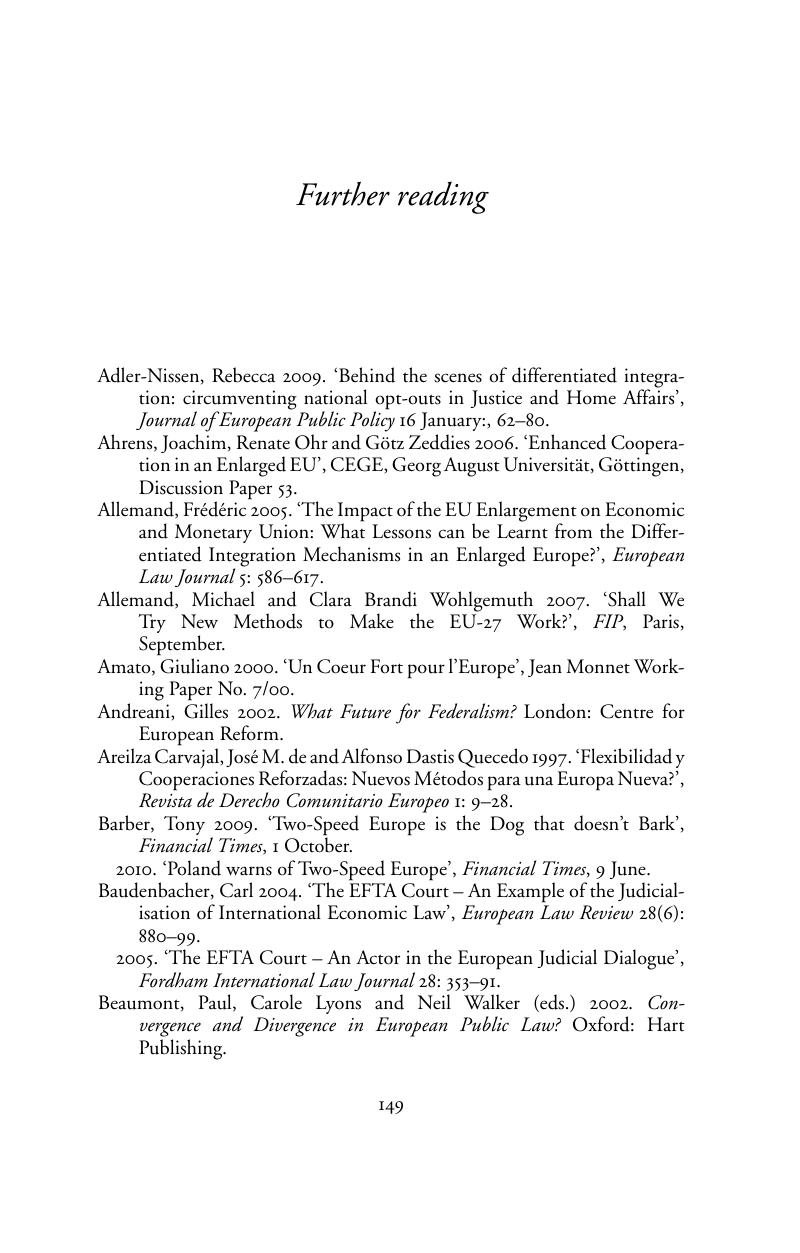Book contents
- Frontmatter
- Contents
- Foreword
- Acknowledgements
- Introduction
- Chapter 1 The continuing need for a strong European Union in the foreseeable future
- Chapter 2 An assessment of the present situation of the European Union
- Chapter 3 First option: substantially revising the European Union treaties
- Chapter 4 Second option: continuing on the present path while developing further closer cooperation
- Chapter 5 Third option: politically progressing towards a two-speed Europe
- Chapter 6 Fourth option: legally building a two-speed Europe
- Conclusion
- Further reading
- Index
- References
- Frontmatter
- Contents
- Foreword
- Acknowledgements
- Introduction
- Chapter 1 The continuing need for a strong European Union in the foreseeable future
- Chapter 2 An assessment of the present situation of the European Union
- Chapter 3 First option: substantially revising the European Union treaties
- Chapter 4 Second option: continuing on the present path while developing further closer cooperation
- Chapter 5 Third option: politically progressing towards a two-speed Europe
- Chapter 6 Fourth option: legally building a two-speed Europe
- Conclusion
- Further reading
- Index
- References
Summary

- Type
- Chapter
- Information
- The Future of EuropeTowards a Two-Speed EU?, pp. 149 - 159Publisher: Cambridge University PressPrint publication year: 2011



